Working collaboratively does not come naturally to all students, as many need to develop participation skills to enhance one's cooperation within the group. Some of these skills include, turn taking, listening to others ideas, supporting others, providing assistance, clarifying what has been said, building trusting relationships, developing effective problem solving skills, etc (Gibson, 2009).
Gibson, S. (2009). Teaching social studies in elementary schools: A social constructivist approach. Toronto, ON: Thomson Nelson.

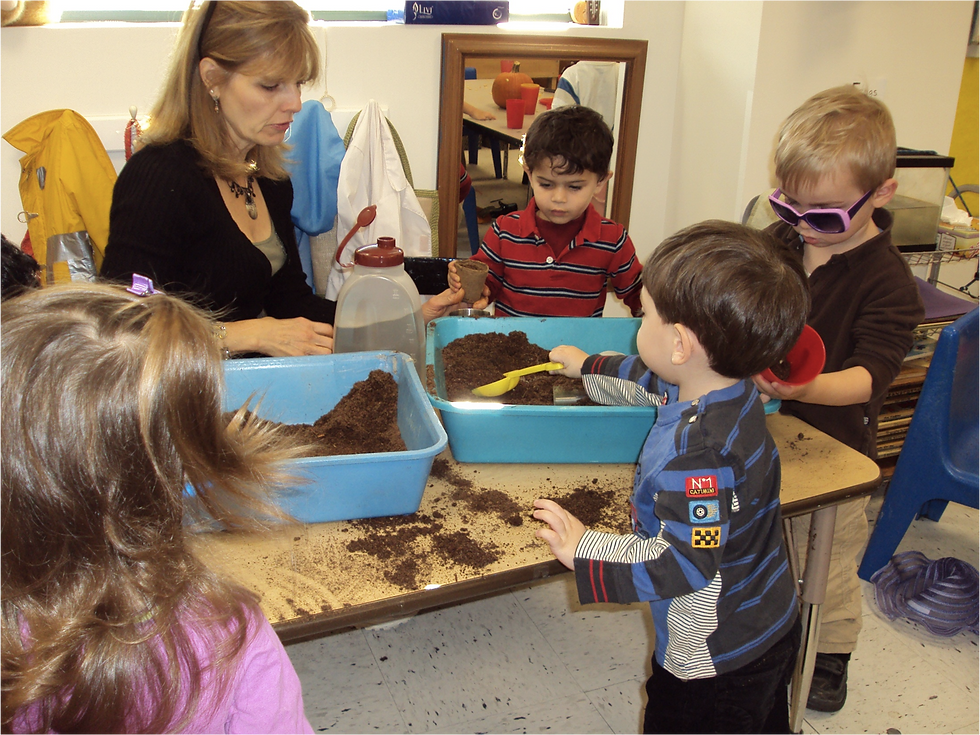

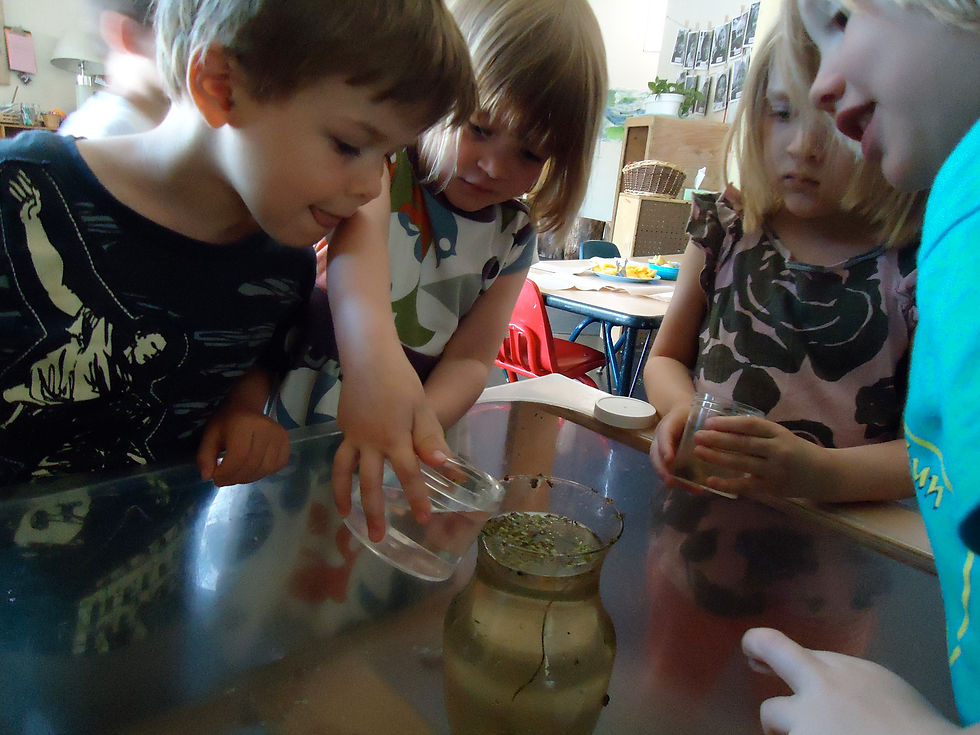
4. Engage in meaningful experiences through collaborative and reflective classroom practices
Click each image to retrieve the website
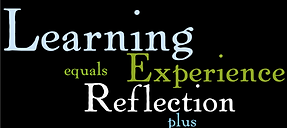

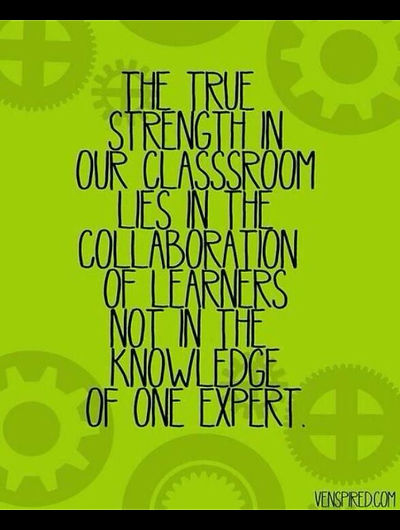
Collaborative and Reflective Classroom Practices
Observe the interactions and collaboration among the students and educators, as they work together to construct a castle!
https://www.youtube.com/watch?v=jLGote8yKGU
Watch the video and describe how the educators encourage students to be actvie participants in their learning enviroment
Are the childrens ideas valued?
Is the teacher viewed as the facilitator of learning?
“Education is a social process; education is growth; education is not preparation for life but is life itself.” ― John Dewey
Reflective Classroom Practices
P,ersonal reflection is necessary for teachers, to clarify their thinking and actions as professionals, in the field of teaching and learning. Reflective practice recognizes the educator as the facilitator in the learning process, who is responsible for making important decisions regarding ongoing teaching practices (Gibson, 2009). Reflective practitioners critically think about their beliefs, values, ideas and feelings, which influences new thinking and actions. A teacher must have a strong foundation in his/her educational philosophy, in order to enhance personal and professional growth and improve teaching practices (Gibson, 2009).
Gibson, S. (2009). Teaching social studies in elementary schools: A social constructivist approach. Toronto, ON: Thomson Nelson.
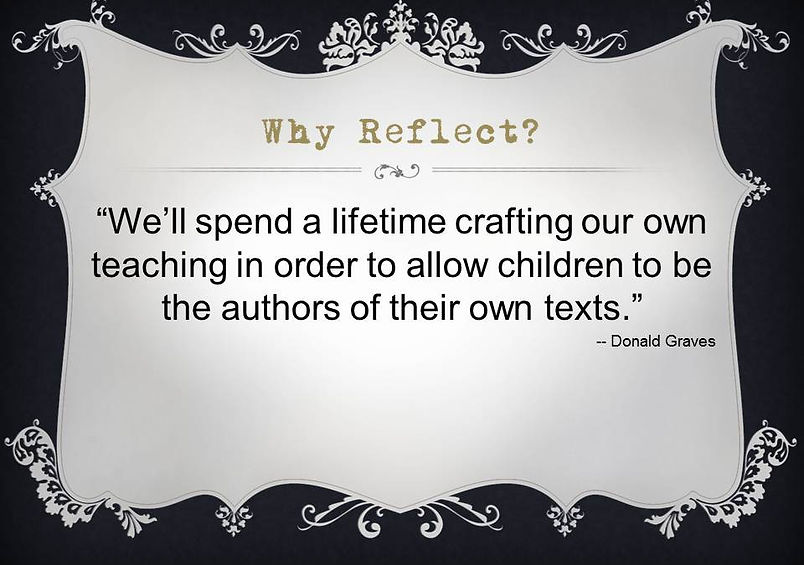


"Enriching Professional Development through Collaboration"
Post-secondary professors, Dr. Diane Kashin and Louise Jupp visited the faculty at Richland Academy to review their documentation and collaboratively evaluate and reflect on their work (Inquiring Minds, 2013).


"Pedagogical documentation is not only a way of making children’s learning visible, it also helps to make our thoughts, ideas, and interpretations of learning visible. Documentation serves as a historical record of past events and provides us with ideas for future experiences as well as a means for sharing evidence with family members or others (Bowne, Cutler, Debates, Gilkerson and Stremma, p.49, 2010)."
Bowne, M., Cutler, K., Debates, D., Gilkerson, D., and Stremmel, A. (2010). Pedagogical documentation and collaborative dialogue as tools of inquiry for pre-service teachers in early childhood education: An exploratory narrative. Journal of the Scholarship of Teaching and Learning, (10) 2, 48 - 59.
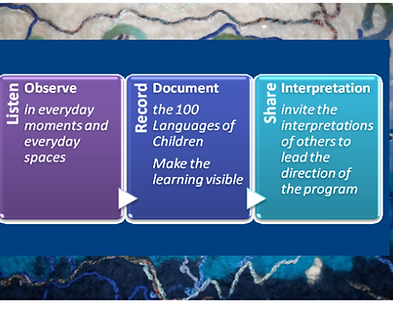
During this collaborative process at Richland Academy, the educators critically reflected on the three essential elements of the documentation process (Inquiring Minds, 2013).
OBSERVE, DOCUMENT, INTERPERT(ATION)

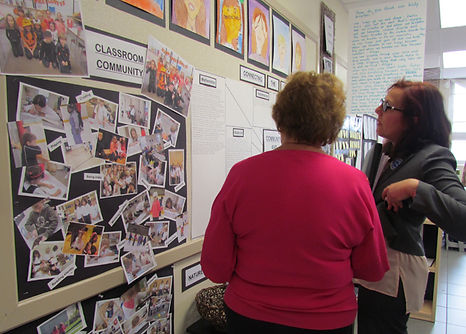
While engaged in reflective practices, individuals ponder on previous experiences, to create new ideas and discoveries, which is utilized in similar future situations. When learning through experiences, individuals become more aware of their thoughts and feelings that relate to specific situations.
Throughout the process of making learning visible through documentation, educators must master a variety of skills, including, “an art director, a writer, a photographer and an educator” (Inquiring Minds, 2013)”. Many questions arise, such as, “What am I seeing? How do I capture this? How can I enrich this learning experience and deepen understandings (Inquiring Minds,2013)”. Diane and Louise provided insight on their personal and professional practice for evaluating and reflecting on documentation. Their insightful understanding of documentation was explored through the collaborative experience with Richland Academy and Acorn School (Inquiring Minds, 2013).
Please visit > http://www.richlandacademy.ca/richlandWP/?p=4318
for more information on Diane and Louise's journey at Richland Academy and Acorn School
Evaluating and Reflecting
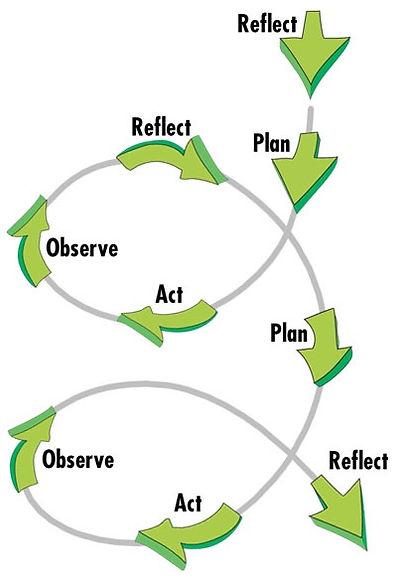
The reflective cycle encourages individuals to make progress and move foward to new discoveries.
http://www.pinterest.com/pin/457608012109598605/
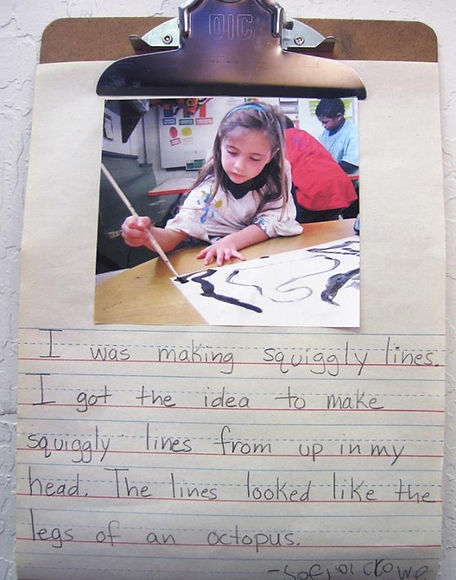
Inviting children to document and reflect on their learning http://www.pinterest.com/pin/254875660133359257/

Francesca, Annarita and Cecilla are five year old girls, who are sitting at a table with their teacher, where paper and a variety of shapes and sizes of drawing utensils have been displayed. As a group, they agreed to create a representation of a city. The girls have already made their own drawing of the city, which is a helpful tool, as they can revisit and reflect on their previous thoughts and drawings (Project Zero, 2006).
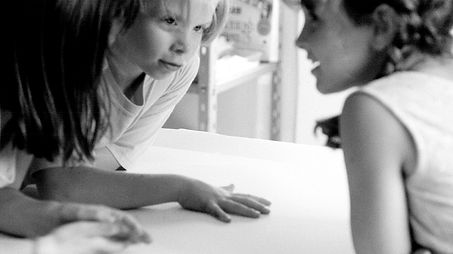
They make a collective decision to draw the city from above a bird's-eye view (Project Zero, 2006).

As all the girls sit in front of the drawing paper, Francesca takes the initiative in the group setting. Exchanging thoughts and ideas become easy to the girls, as relational strategies are used in the group dynamics (Project Zero, 2006).


Image retrieved from: http://www.mlvpz.org/documentation/page13a4.html



The children discuss the task of representing the city from a bird’s eye view, which is resolved by comparing each other’s drawing skills and helping one another. The girls begin to discuss the location of their houses in proximity to the school. The road is drawn by Francesca, which leads to the park by her house (Project Zero, 2006).

The girls reflect on their real life experiences for pointers on how to draw their city (Project Zero, 2006).


Images retrieved from> http://www.mlvpz.org/documentation/page13a4.html

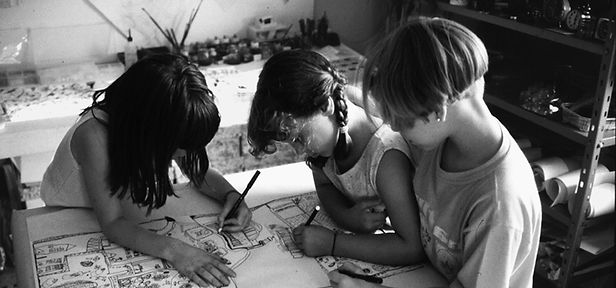
The girls identified the streets as the connections between related places, and there seems to be emphasis on two important streets, the Via Emilia (closest street to the school) and Via Citta di Reggio (where Cecilia lives). Cecilia creates connections between Francesca and Annarita’s drawings, by linking the two divisions of the city (Project Zero, 2006).


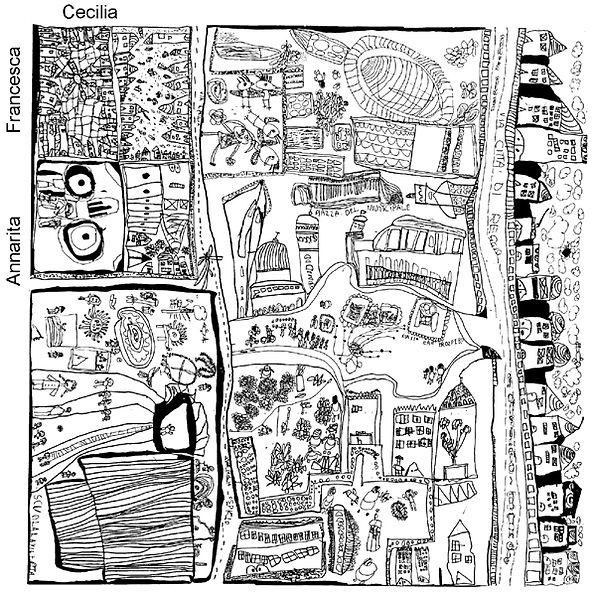
By collaborating with each other, problem solving and reflecting on real-life experiences, the girls created a city filled with life, happiness, family and friends. (Project Zero, 2006).
Image retrieved from: http://www.mlvpz.org/documentation/page13a4.html
Images retrieved from > http://www.mlvpz.org/documentation/page13a4.html
Images retrieved from> http://www.mlvpz.org/documentation/page13a4.html



